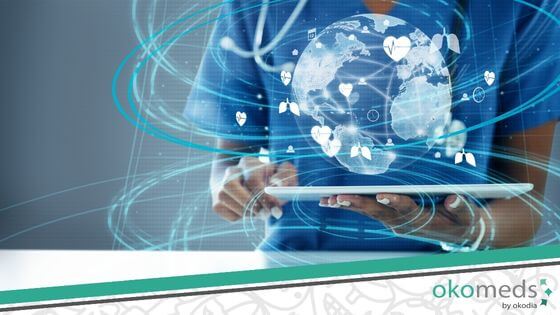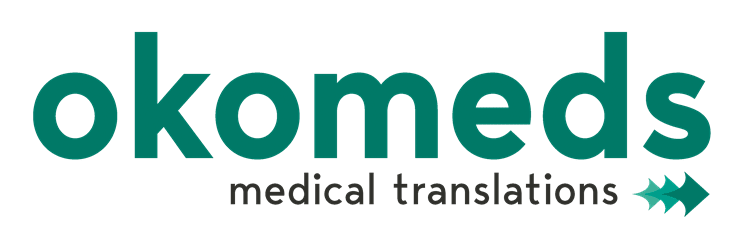
07 Mar The future of the medical industry
At a time when change is the order of the day, the medical industry is also constantly evolving, giving rise to new research as well as new treatments. This phenomenon means that medical translators must keep abreast of all the latest developments in the healthcare industry related to the evolution of research and products. This is the main key to being prepared for a future of medical industry that will require translations related to these new developments.
How to anticipate the future of the medical industry
Translators should not only try to keep abreast of advances and research results in the medical-health field, but while keeping themselves informed, it can be very useful to create glossaries of new or specific terms that appear in articles or reports they read on a particular topic. In addition, they should pay attention to which countries are gaining ground in this sector and which companies are leading the industry.
Where to focus the future of medical industry
It is well known that the United States is the leading and benchmark country in scientific research and development. And there is no doubt that it will continue to be so. A look at the CSIC world ranking of research centres shows that six of the top ten positions are occupied by research institutes in the United States.
What developments are shaping the key for the future of the medical industry
Bioprinting
Despite its early existence, it appears to be the future of medicine. The bioprinting process would use 3D printers with healthy, lab-grown cells, creating tissues and organs tailored to the patient’s needs. Bioprinting would put an end to long waiting lists for organ transplants and to animal experiments in laboratories.
Genetic engineering
The aim of genetic engineering is to alter an individual’s genetic information to choose the genotype before conception, which could be used to modify their physical appearance, change their metabolism or even improve their resistance to disease. Its future is promising, as it would make it possible to eliminate diseases and increase life expectancy.
Bionic prostheses
Bionic prostheses are the fusion between the human body and technology. They make up for the absence of a limb and offer the functionality of the limb itself. These devices adapt perfectly to the body of individuals with physical disabilities.
Nanomedicine
Nanomedicine is one of the most challenging technological advances in medicine today. It is an application of nanotechnology aimed at the diagnosis, therapy and prevention of diseases that are still at an early stage. It covers three areas: nanotherapy, nanodiagnosis and regenerative nanomedicine.
Telemedicine
Telemedicine is the provision of remote health care that allows communication between the health professional and the patient through a device that enables the exchange of audio and video. This would facilitate access to healthcare for individuals in isolated areas or elderly people who find it difficult to leave their homes.
The future looks promising and full of many innovations that need to be properly transferred to other languages. For a translator, it is not only important to be specialised, but also to be well-prepared before changes arrive. This requires constant updating on new developments and knowledge of new terminology and processes. At Okomeds we have specialised medical translators who are constantly updated on the latest developments in the field of medicine.






Sorry, the comment form is closed at this time.